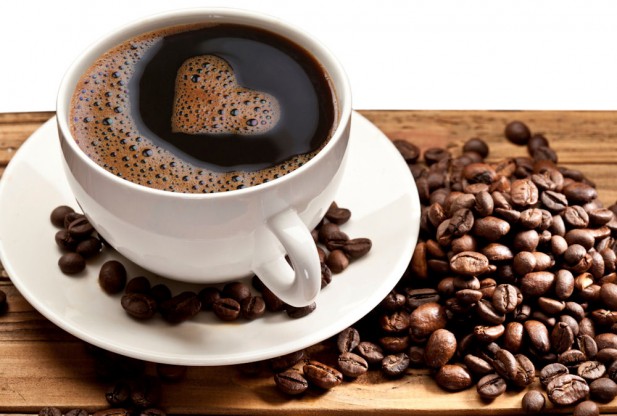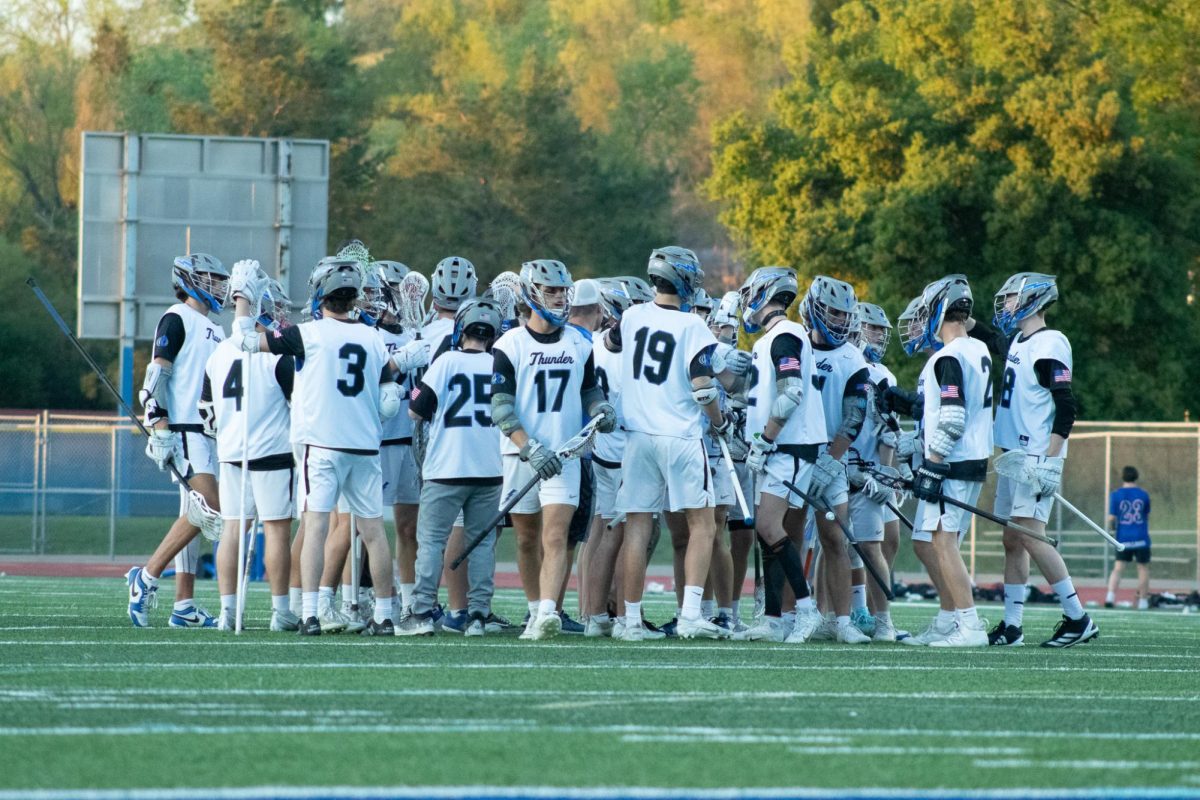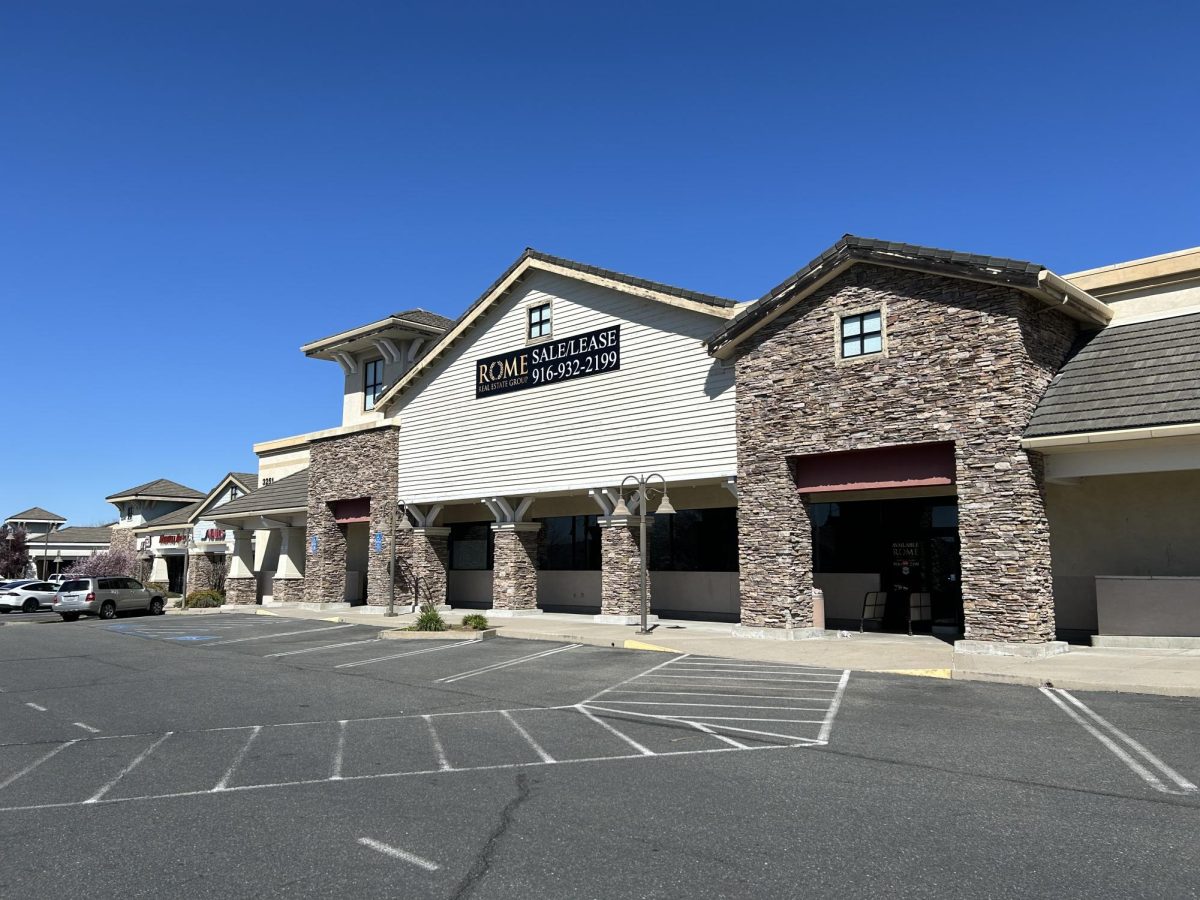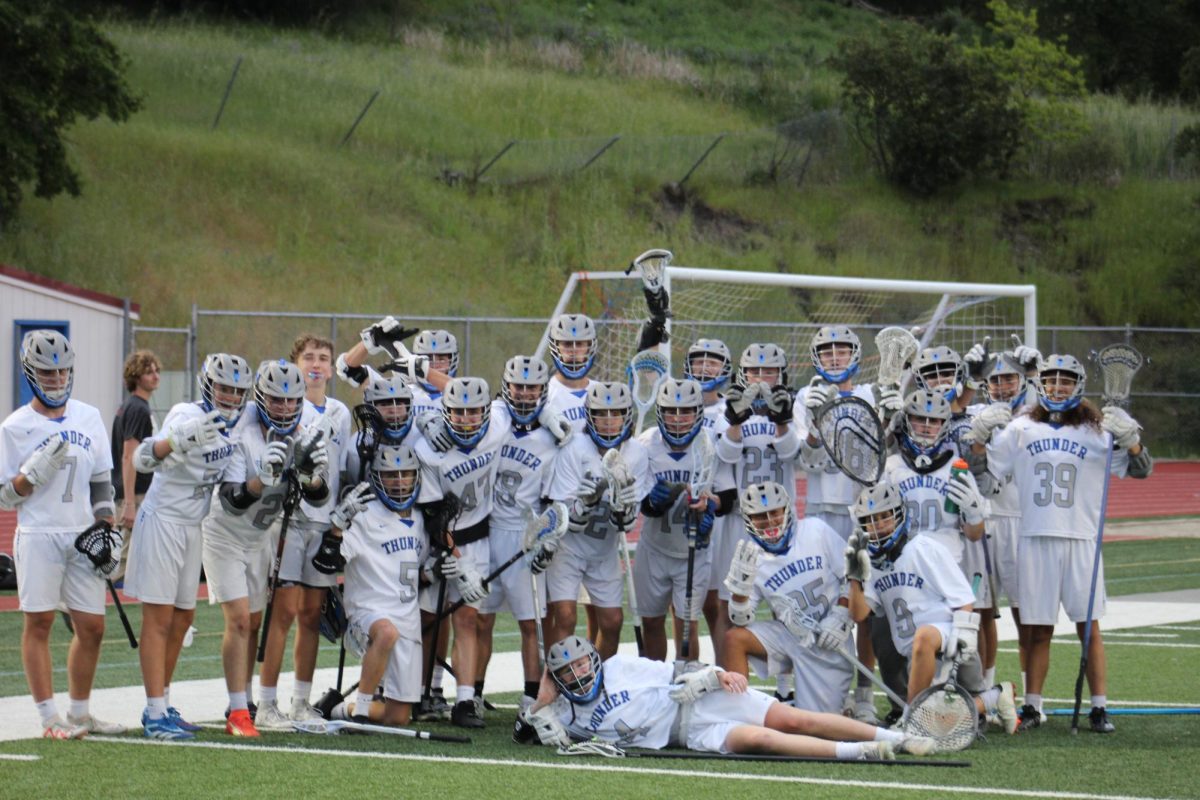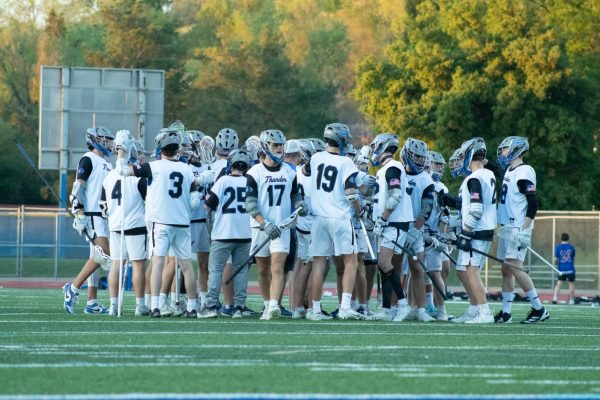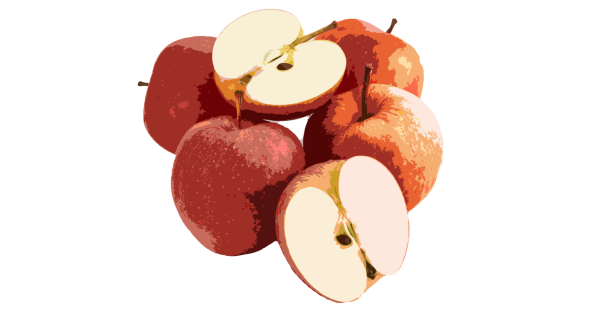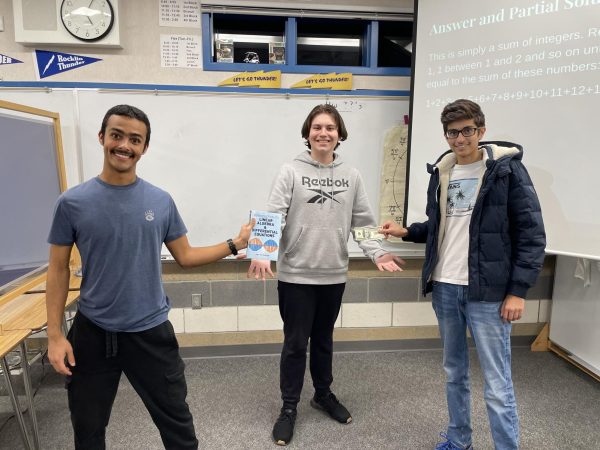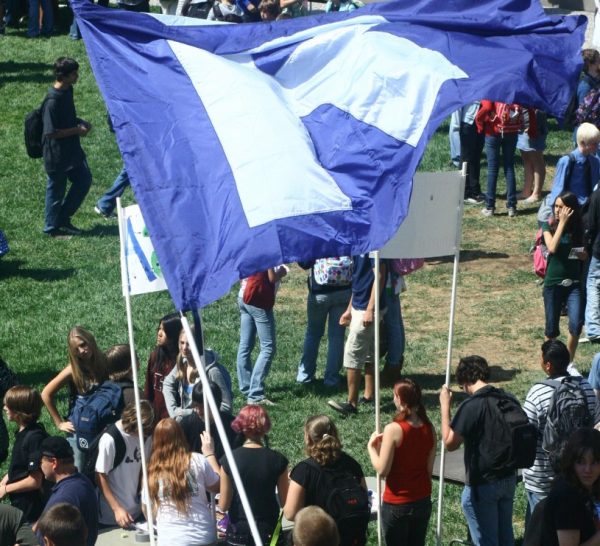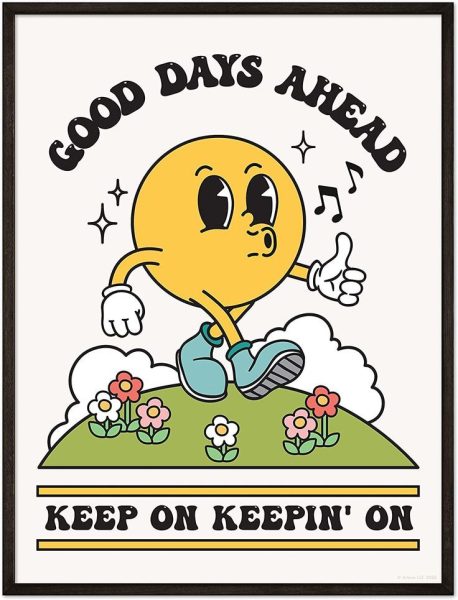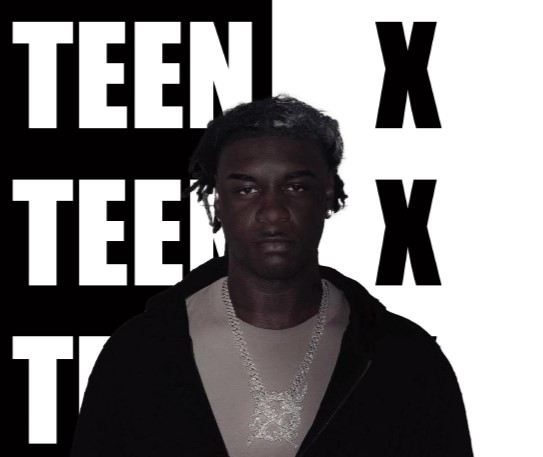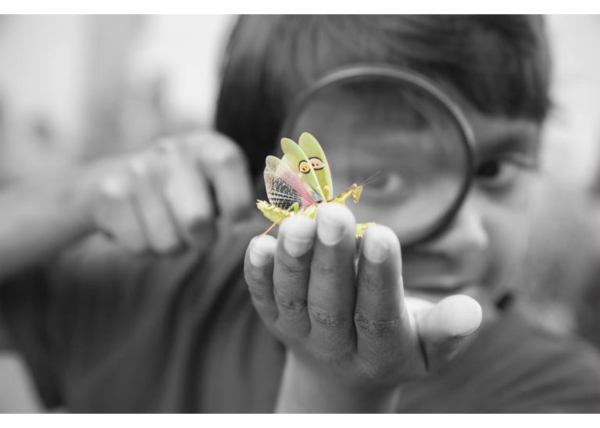The Daily Grind
January 19, 2016
In the hustle and bustle of student life, there are bound to be needs for little energy boosts here and there. These, more often than not, come from the friend of late-nighters: caffeine. Coffee, pills, ice cream, jelly beans, waffles; there are so many forms of caffeine out there to aid tired students in their endeavors to tackle horrifyingly large amounts of homework, or maybe plow through the nation of procrastination they’ve built themselves.
Grace Gaumer, a freshman, “usually [drinks] soda and coffee” when she needs caffeine.
“I just love the taste and the smell of coffee. It’s also a good pick-me-up. Caffeine is like that friend that always wants to do something,” she said.
Grace is just one of the many caffeine consumers in RHS’ student body. Many people on campus indulge in caffeine regularly. However, habits like these can have unpleasant side effects. Overconsumption can lead to irregular sleeping hours, high blood pressure, an increase in anxiety and even death.
Grace understands these effects, and to counteract them she cuts down on her intake.
“That’s why I don’t drink it everyday,” Grace said.
However, a lot of people, students included, develop a reliance on caffeine to get through their day-to-day lives.
Senior Marcus Torok drinks around four cups of coffee a day.
Without coffee, “[I’m] pretty irritable, and it’s hard to be productive,” Marcus said.
These are pretty typical symptoms for a coffee addict who missed their morning java.
There’s certainly worse substances to be addicted to, but caffeine’s symptoms, like any other drug, are still bad in their own right. Headache-filled mornings and drowsy afternoons can easily ruin a normal day, and keeping those side effects away with a steady flow of stimulants like caffeine can become expensive.
A tall cup of plain coffee at Starbucks– the smallest size– is around $2. But that’s just the tip of the iceberg. Teenagers tend to spend their money on more dessert-like drinks, the prices of which are around $3-5. Adding that up, it can cost over $3,000 to drink coffee every day for a year.
One way students counteract these gouging prices is to brew their own coffee at home.
“I like to make my coffee at home with a french press,” Marcus said.
Though this is cost-effective, the negative side effects of caffeine addiction remain.
The worst effect of coffee is the potency of addiction. It takes a while to get hooked on caffeine, but once it’s happened, cutting down is almost impossible. Withdrawal symptoms of caffeine are a lot like other drugs. Headaches, lack of focus and nausea (all common withdrawal symptoms) can break down a person’s will to wean themselves off.
The problem with this is that if one starts consuming coffee regularly as a teenager, they’ll be hooked on coffee for life. A simple morning pick-me-up can turn into a reliance that drains your wallet and leaves you lethargic mid-afternoon for years to come.
Coffee reliances can also lead to the need for more concentrated stimulants. For instance, Five Hour Energy has built an empire on coffee drinkers whose favorite beverage just doesn’t cut it anymore. Like any other drug, consuming too much can cause the body to develop a tolerance for it, leading to higher consumption rates. In extreme cases, this can lead to an overdose.
Overall, today’s competitive culture encourages students to do anything they can to get ahead. But often a simple daily pick-me-up in the form of caffeine becomes a reliance on an unnecessary commodity that only ends up hurting you in the long run.



